About Algeria
Algeria, officially the People’s Democratic Republic of Algeria, is a country in North Africa.
Algeria covers an area of approximately 2.38 million square kilometers (919,595 square miles), making it the largest country in Africa and the 10th largest in the world. Its expansive territory encompasses a diverse range of landscapes, including the vast Sahara Desert, mountainous regions like the Atlas Mountains, and a Mediterranean coastline.
With a population of 44 million, Algeria is the tenth-most populous country in Africa, and the 32nd-most populous country in the world.
The capital of Algeria is Algiers. Algiers is not only the political and administrative center of the country but also its largest city and a significant cultural and economic hub. It is located on the Mediterranean coast in the northern part of Algeria.
The official languages of Algeria are Arabic and Berber (Tamazight). Arabic is the predominant language used in government, administration, and education, while Berber, spoken by the indigenous Berber (Amazigh) population, holds official status as well. Additionally, French is widely used in various aspects of public life, including government, business, and media. French has a historical legacy from the colonial period when Algeria was part of French Algeria. Despite gaining independence in 1962, French has remained an important language in Algeria, and many Algerians are fluent in it. The linguistic landscape of Algeria reflects its rich cultural diversity and historical influences, blending Arabic, Berber, and French elements.
Islam is the predominant and official religion of Algeria. The majority of the population adheres to Sunni Islam. The constitution of Algeria declares Islam as the state religion and recognizes the freedom of worship for other religions.
Geography
Algeria is situated in North Africa, bordered by the Mediterranean Sea to the north, Tunisia and Libya to the northeast, Niger to the southeast, Mali and Mauritania to the southwest, Western Sahara to the west, and Morocco to the northwest.
Terrain:
The country features a diverse range of landscapes, including coastal plains along the Mediterranean, mountainous regions, high plateaus, and the vast Sahara Desert in the south.
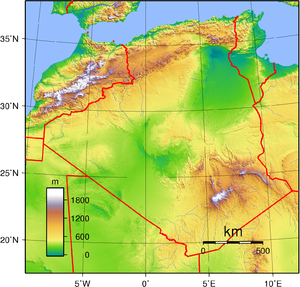

Sahara Desert:
The Sahara covers a significant portion of Algeria, especially in the southern and central parts of the country. This desert is characterized by vast sand dunes, rocky plateaus, and arid landscapes.
Atlas Mountains:
The Atlas Mountains extend across northern Algeria. The Tell Atlas, closer to the coast, and the Saharan Atlas, further south, are the two main ranges. These mountains influence the climate and contribute to the country’s diverse geography.
High Plateaus:
The Tell Atlas gives way to the high plateaus (Hauts Plateaux) that cover much of central Algeria. These plateaus have an average elevation of around 1,200 meters (3,900 feet) and are important for agriculture.
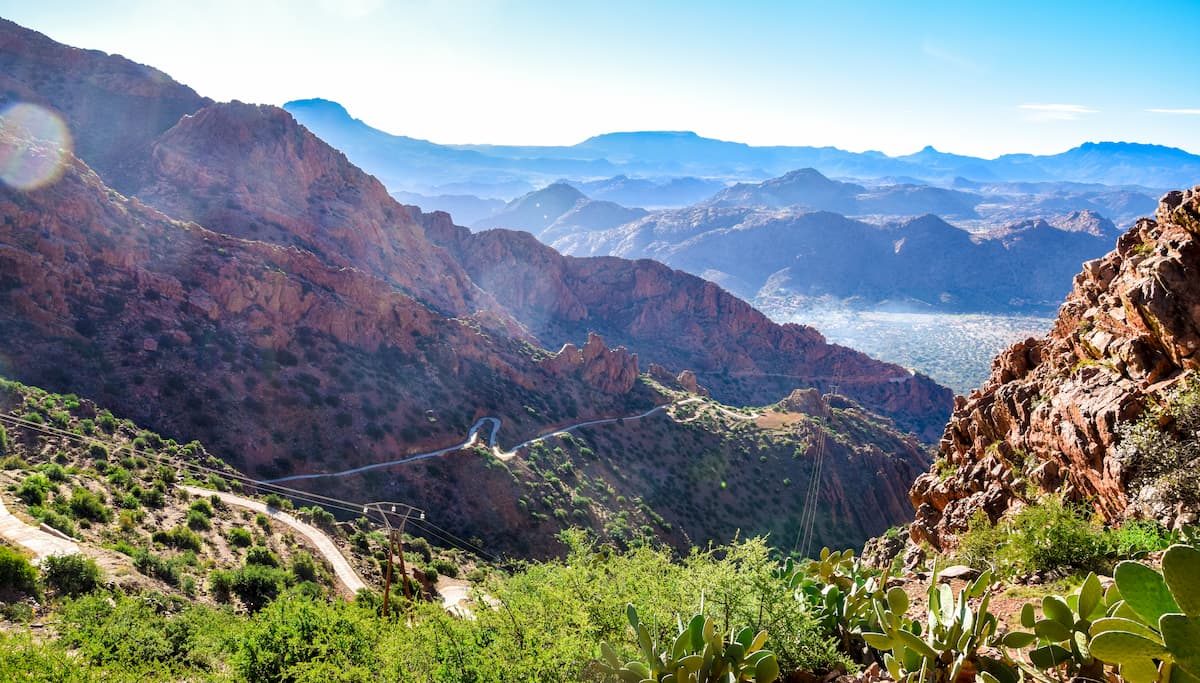
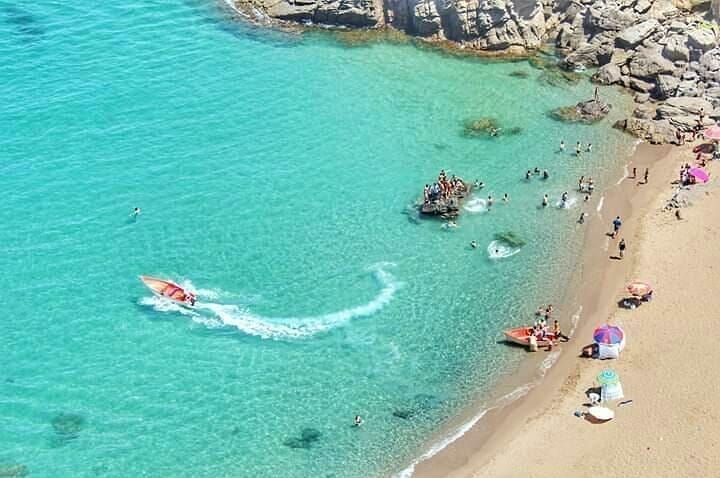
Mediterranean Coastline:
Algeria has a Mediterranean coastline stretching over 1,600 kilometers. The coastal region is more temperate and supports a Mediterranean climate, with fertile plains and agricultural activities.
Rivers:
The major rivers in Algeria include the Chelif, Moulouya, and Seybouse. These rivers contribute to the country’s water resources and support agricultural activities.
Fauna and flora
Algeria, with its diverse geography ranging from the Mediterranean coastline to the Sahara Desert, supports a variety of fauna and flora. Here’s a brief overview:
Fauna:
The Sahara is home to various desert-adapted animals, including Fennec Foxes, jerboas, and desert hedgehogs. Reptiles like monitor lizards, sand vipers, and horned vipers are also found in this region. Algeria is a crucial location for bird migration, with various species passing through during different seasons. Birdwatchers may spot species such as flamingos, herons, and various raptors. In the Atlas Mountains, particularly in the Kabylie region, you can find the Barbary macaque, a primate species. The Mediterranean coastline supports a variety of marine life, including fish species like anchovies, sardines, and tuna. Endangered species like the Addax antelope and the Dama gazelle can be found in the Sahara region. Domesticated camels are prevalent in the Saharan region, serving as important animals for transportation and trade.
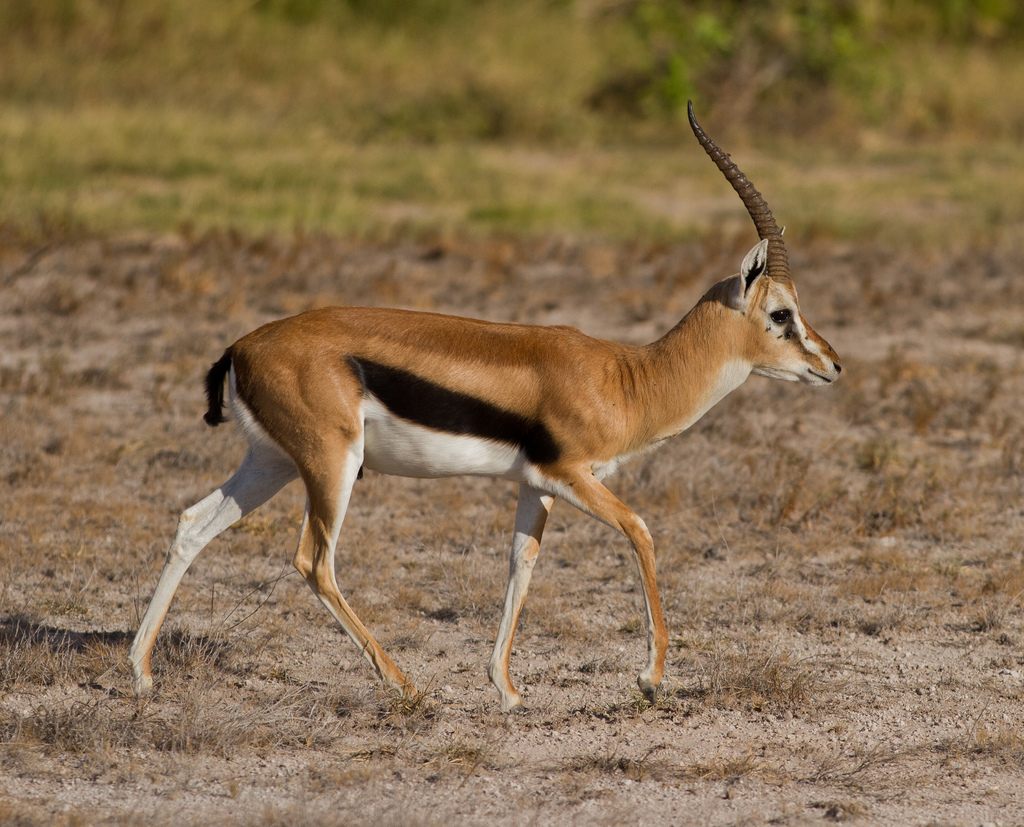
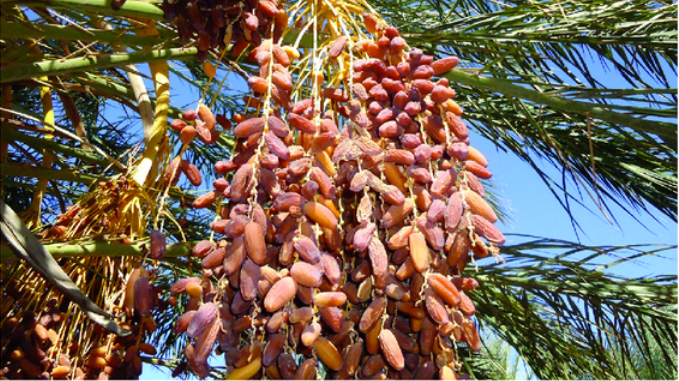
Flora:
The coastal areas have a Mediterranean climate and support vegetation such as cork oaks, Aleppo pines, and olive trees. The high plateaus (Hauts Plateaux) have steppe-like vegetation, with grasses and shrubs adapted to the semi-arid conditions. In the Atlas Mountains, you can find cedar forests with the Atlas cedar tree, a species adapted to the mountainous terrain. Despite its arid conditions, the Sahara Desert supports some plant life, including drought-resistant species like acacias, tamarisks, and date palms near oases. Coastal wetlands, such as those found in El Kala National Park, support a variety of aquatic plants and provide habitats for birds and other wildlife. The Tassili n’Ajjer region is known for its unique rock formations and ancient rock art, with some hardy plant life adapted to the desert environment.
Climate
Algeria features a diverse climate with distinct zones. The northern coastal areas, including cities like Algiers, experience a Mediterranean climate characterized by mild, wet winters and hot, dry summers. Inland regions, such as the high plateaus, have a semi-arid climate with hot summers and cold winters, while the Sahara Desert in the south exhibits extreme arid conditions with scorching temperatures during the day and chilly nights. Mountainous areas, like the Atlas Mountains, showcase varied climates based on altitude, with some regions receiving snowfall in winter. Oases within the Sahara create unique microclimates, supporting vegetation and providing a contrast to the surrounding arid landscapes.
Economy
Algeria’s currency is the dinar (DZD).
Algeria, whose economy is reliant on petroleum, has been an OPEC member since 1969. Its crude oil production stands at around 1.1 million barrels/day, but it is also a major gas producer and exporter, with important links to Europe.
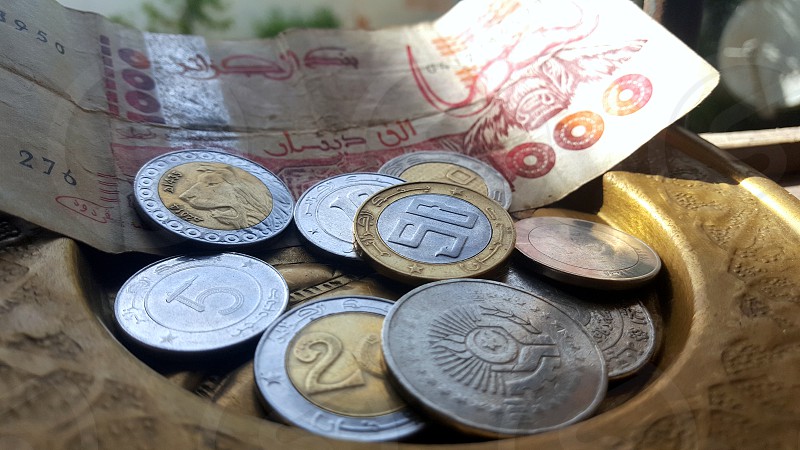
Demographics
Algeria has a population of an estimated 44 million, of which the majority, 75% to 85% are ethnically Arab. At the outset of the 20th century, its population was approximately four million. About 90% of Algerians live in the northern, coastal area; the inhabitants of the Sahara desert are mainly concentrated in oases, although some 1.5 million remain nomadic or partly nomadic. 28.1% of Algerians are under the age of 15.
Tourism
There are several UNESCO World Heritage Sites in Algeria including Al Qal’a of Beni Hammad, the first capital of the Hammadid empire; Tipasa, a Phoenician and later Roman town; and Djémila and Timgad, both Roman ruins; M’Zab Valley, a limestone valley containing a large urbanized oasis; and the Casbah of Algiers, an important citadel. The only natural World Heritage Site is the Tassili n’Ajjer, a mountain range.
Largest cities
| Rank | Name | Pop |
| 1 | Algiers | 2,364,230 |
| 2 | Oran | 803,329 |
| 3 | Constantine | 448,028 |
| 4 | Annaba | 342,703 |
| 5 | Blida | 331,779 |
| 6 | Batna | 289,504 |
| 7 | Djelfa | 265,833 |
| 8 | Sétif | 252,127 |
| 9 | Sidi Bel Abbès | 210,146 |
| 10 | Biskra | 204,661 |
Algeria is a semi-presidential republic, with local constituencies consisting of 58 provinces and 1,541 communes.
Algeria is a regional power in North Africa and possesses significant economic influence in the region, largely due to its substantial reserves of oil and natural gas. It is one of the largest producers of hydrocarbons in Africa, and its energy exports contribute significantly to its economic strength. Algeria has been actively involved in regional diplomacy and has played a role in mediating conflicts in the Maghreb region.
It has the highest Human Development Index of all continental African countries and one of the largest economies on the continent, based largely on energy exports. Algeria has the world’s sixteenth-largest oil reserves and the ninth-largest reserves of natural gas. Sonatrach, the national oil company, is the largest company in Africa, supplying large amounts of natural gas to Europe.
Algeria has a sizable and capable military, and it has played a role in regional security efforts on the continent. It is a member of the African Union, the Arab League, the OIC, OPEC, the United Nations, and the Arab Maghreb Union, of which it is a founding member.